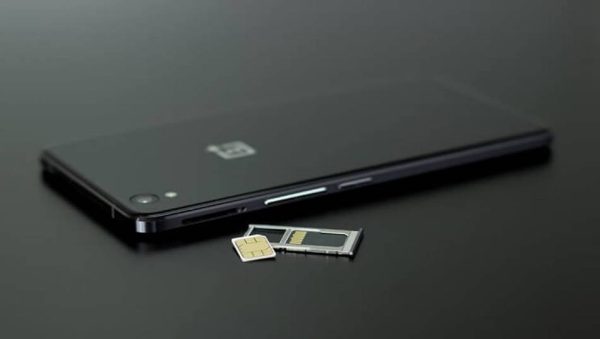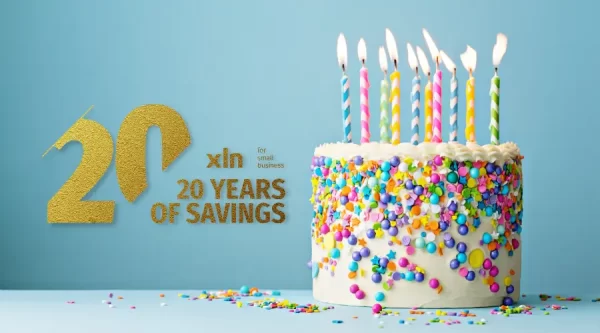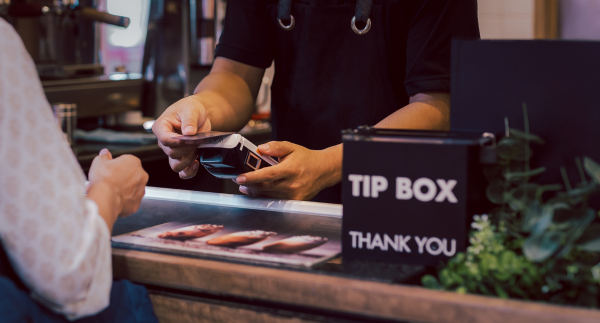All
Embrace effortless solutions for smart payments, connectivity, and backup this festive season
Read More
5 business benefits of social media
Read More
GenZ: Creating the workforce of the future
Read More
Crafting your most memorable Christmas: Three reasons a smart terminal is the best card machine for small business
Read More
In the Spotlight: Outbound Sales Manager Georgios
Read More
What are the benefits of a SIM only mobile deal?
Read More
Three steps to creating personalised, priceless customer moments
Read More
XLN internships create career opportunities for Sheffield Hallam University students
Read More
Top 10 best banks for small business in 2022
Read More
The best business travel sites for 2022
Read More
In the Spotlight: Senior Sales Manager Aleksandra
Read More
The best small business travel sites for 2022
Read More
The best laptops for small business 2022
Read More
The best website builders for UK small businesses
Read More
How to make the most of your Facebook business page
Read More
Energy price hikes – how to ease the impact on your business
Read More
Happy 20th Birthday to us – and some special friends also founded in 2002
Read More
How to create a YouTube for business account
Read More





















